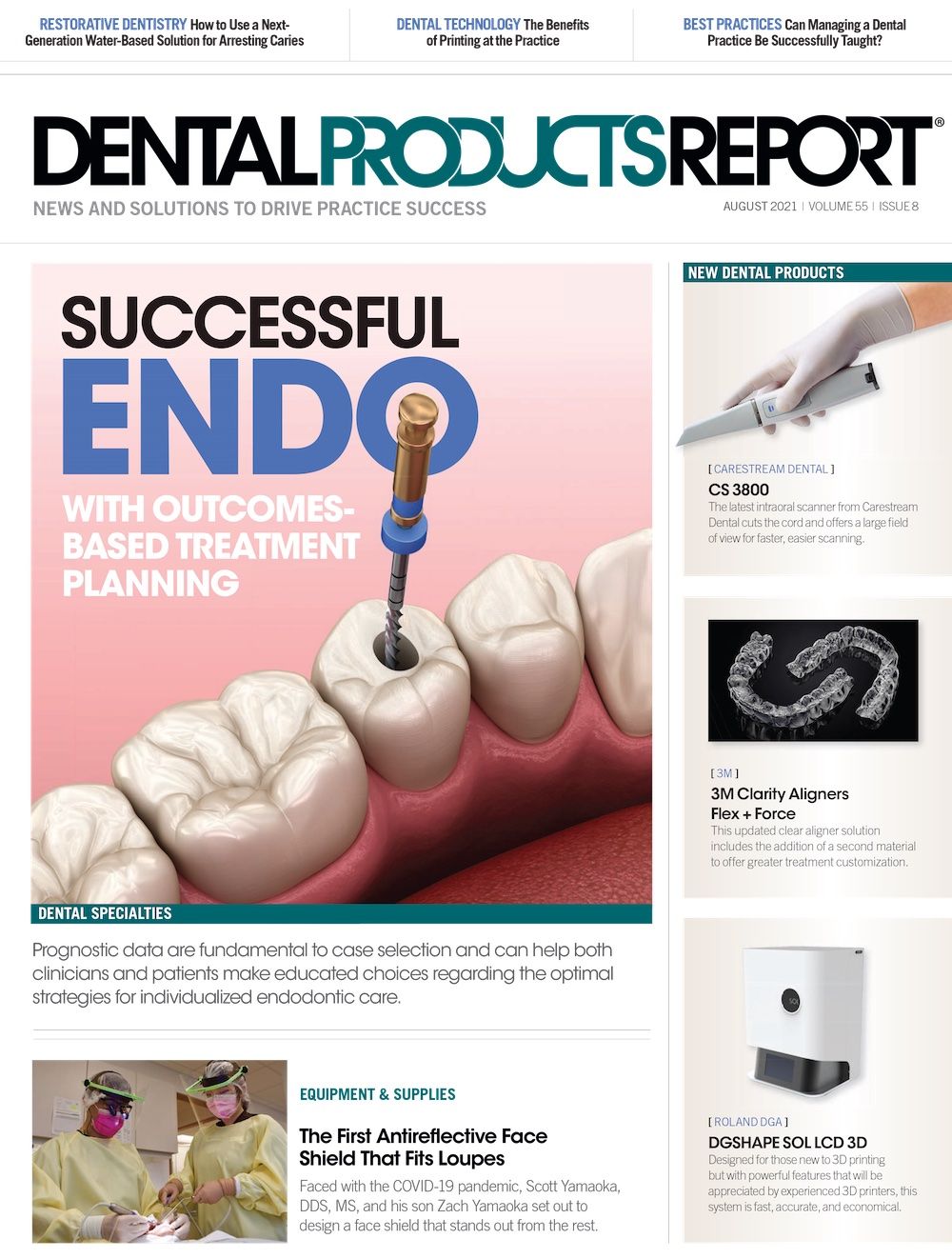Should I Join a DSO? Should I Join an OSO?
Taking a look at some of the pros and cons of potentially joining a dental or orthodontic service organization.
By Andrey Popov / stock.adobe.com

For general dentists with some specialty skills and orthodontists who own their own dental practice, these hot issues are probably causing second thoughts about remaining with their individually owned practices. They are probably consulting with their dental CPAs and other financial advisors and getting information about what the DSOs and OSOs have to offer that they are not receiving on their own. It is important for them to first understand what they are receiving from their own practices so they can make a good comparison.
One of the safest methods of determining what they are obtaining from their individual ownership is to have a valuation of their dental practice prepared using specific standards and to have it done by an independently certified valuation analyst. Many dentists feel that they know what the value of their practices are without the necessity of having the independently prepared valuation. They may want to save the money that it would cost to consult with the evaluator. This is a big mistake that can cost hundreds of thousands of dollars. A good analogy is the homeowner who thinks his or her house has a certain value which is usually higher than the buyer’s appraiser will provide. This means the loan won’t be granted for the purchase. With an in-house valuation that is not independent, the dentist is getting what he or she paid for it, which is probably nothing but what the dentist feels is correct as opposed to what is appropriate.
The add backs for normalizing the profit are critical items when determining value. The comparison to national or at least local geographic averages are important for determining the normalization of certain costs so that the valuation appears as if a potential buyer and their lender would want it to appear. The independent valuation is the starting point. It tells the owner what the value of their dental practice is. Within the valuation is a calculation of earnings for the past few years.
Individual earnings and what the DSO or OSO offers compared to it
The general dentist who offers some specialties within the practice will earn a substantial amount of money each year. With tax planning, retirement planning, and overall good financial planning, the general dentist will be in a very good financial position when debating the issue of joining or not to a DSO.
The orthodontist will most likely be in an even stronger position than the general dentist. So each of these practitioners will be comparing what they are currently earning to what they may be experiencing by joining either of these organizations.
A dentist with a gross revenue of $1,000,000 will have a net income between $350,000 and $400,000 or more. An orthodontist will probably be even higher. If that is the case, it means that in 5 years the general dentist will have earned close to $2,000,000 while the orthodontist will most likely have earned close to $3,000,000 in that same time frame. The reason for using a 5-year term is that the service organization buy out with cash, stock and notes may approach close to 100% of gross revenue with some reservations but not all of the funds will be paid at the closing.
The practitioner will earn money from the work they are doing for the service organization, but not anywhere near the amount compensated to the owner. The key, as with most of these service organizations, is what happens later when additional practices are acquired and more and more gross revenue is attained. The initial public offering or the acquisition by a larger DSO or OSO is certainly the key. Does the owner feel as if their own practice can duplicate or even exceed the service organization over a longer term than 5 years?
Specific positives and negatives of joining
Some of the specifics that the owner of the individual practice will consider include:
- The ability to buy supplies cheaply within the organization.
- Cheaper marketing costs because they will be shared among several practices rather than singularly.
- A large reduction in administrative charges as they are spread among several offices.
- No accounting, legal, or other financial considerations regarding hiring, firing, expansion, or lines of credit, and equipment financing. These areas will be controlled by the financial and personnel staff within the service group.
- The above allows the dentist more time for espousing the attributes of the organization to their colleagues so more practices hear about the positives.
- Perhaps most importantly, the ability to have an exit strategy in place as more and more practices are added to the number within the service organization. This is especially true for an older owner.
These are but a few of the many advantages of joining the individually owned practice into the service organization.
There are negatives to joining of course. One of the main problems is the lack of control in any of the areas mentioned in the positive points of the DSO or the OSO. For those who have started or acquired a practice and worked many years to attain the position they now find themselves, turning over their future to someone may be a hard pill to swallow. The bigger the group becomes, the less the prior individual owner’s voice will count as a vote since it will be 1 of many. The monied partner will probably be a venture capitalist, investment banker, or hedge fund, interested in a return and a big payday at the end of their investment. The concern for the patient may be lost.
A quick contrast for the owner who is thinking of joining is as follows:
We look at a hypothetical profit of $400,000 for 5 years and that comes to $2,000,000 for the individual owner. The DSO or OSO pays 100% of the gross revenue but not all in cash. Most likely it is 50% cash on which there is a tax of 50% federal and state. Hypothetically if the sale is $1,000,000 the owner will get $500,000 in cash on which a tax will be due of $250,000 approximately, so the owner gets about $250,000 up front with the balance of $500,000 over about 5 years. They also receive compensation based on production at up to about 35%-40% of the collections. This is not even half of what one would normally earn in an individual practice.
So, what is the real attraction to joining a DSO or an OSO? It is the pot of gold at the end of the rainbow. When an initial public offering occurs or when a larger more profitable DSO or OSO acquires the 1 just joined, the money involved will probably be more than the individual owner can earn on their own. This is years away.
In 5 years, the owner has given up about $2,000,000 for what they are getting from the service organization. It is probably equal or even a little less than what the owner would have earned individually. However, if the service organization is well run, the individual owner will have lessened the aggravation faced every day in an individual practice. Will the pot of gold at the end be enough to sway the individual owner? That is the question.
